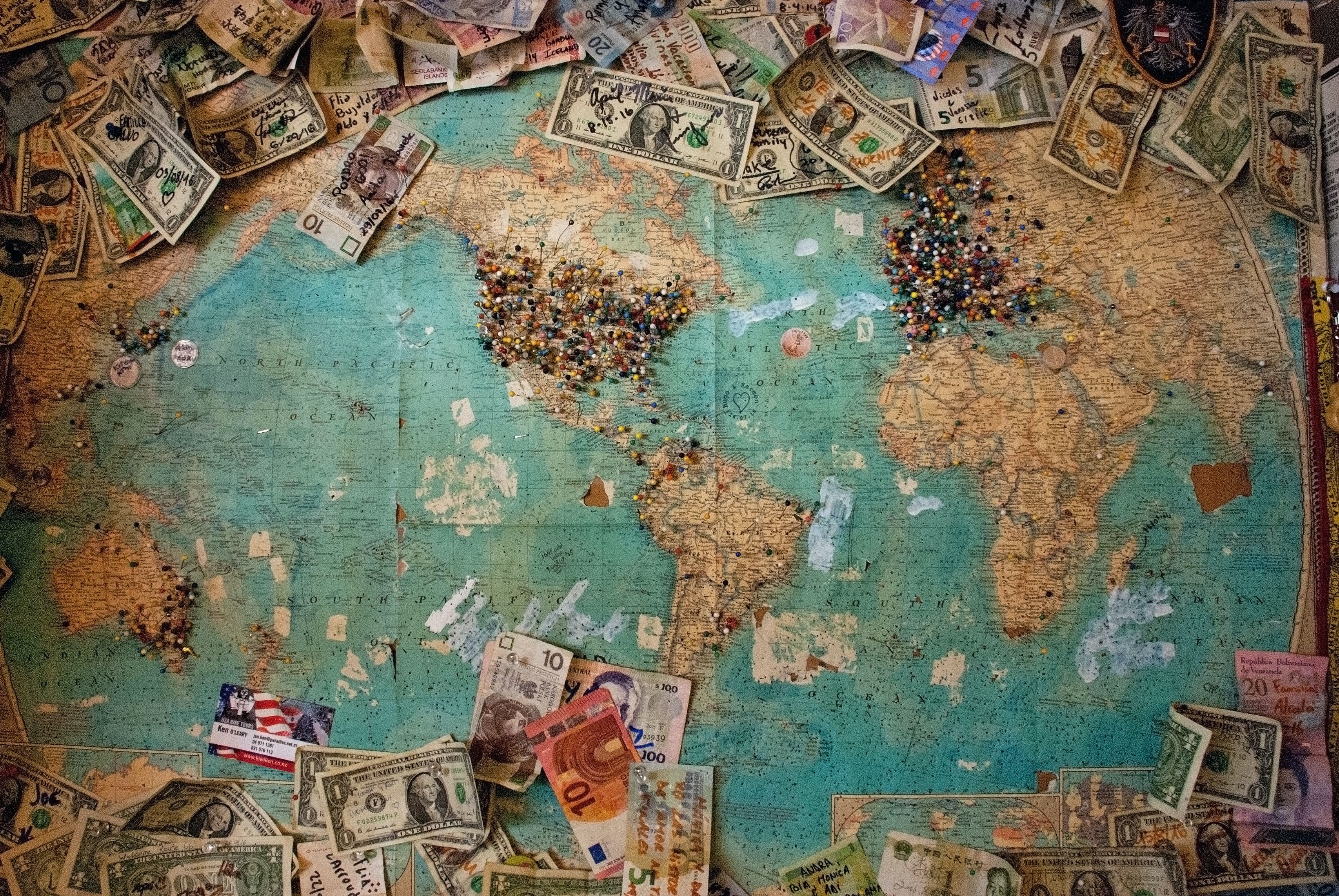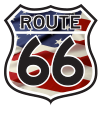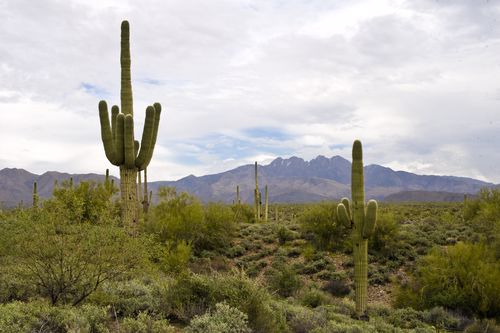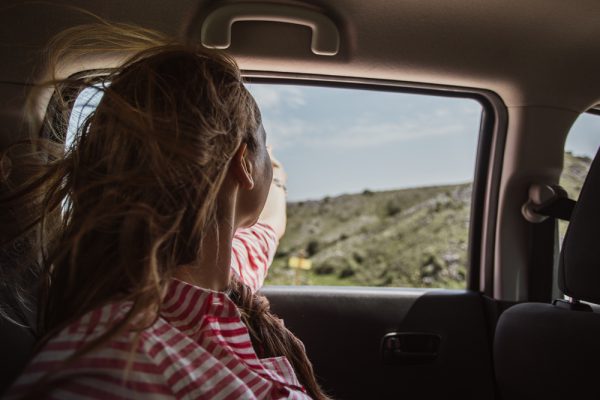

Ready for an unforgettable journey? Let’s hit Route 66, the iconic Mother Road that weaves its way from Chicago all the way to the sunny Santa Monica pier. As you cruise along, you’ll encounter slices of pure Americana that you can’t find anywhere else. Imagine driving under the towering Gateway Arch in St. Louis or pulling up to the retro glow of the Wigwam Motel’s neon signs. It’s like stepping into a living postcard of America’s most cherished memories.
But the allure of Route 66 isn’t just skin deep. This road trip is a voyage through the soul of North America, where you can marvel at natural wonders like the Grand Canyon and the Meramec Caverns and delve into the rich history at places like the Route 66 Museum and the Cadillac Ranch. Worried about your budget? Don’t be. The road is sprinkled with affordable gems, from the eerie beauty of the Petrified Forest National Park to the iconic landscapes of Monument Valley and the Mississippi River. Plus, we’re here to help you budget for every aspect of your journey, including car rental, accommodations and food.
So go ahead, pack those bags and set your GPS. A Route 66 adventure awaits, and it’s one you’ll treasure for years to come.
1. Break Down Your Budget
Alright, let’s get down to brass tacks: your Route 66 trip budget. Knowing how much you can spend is like having a roadmap for your money on this journey. You can generally categorize your budget into three distinct tiers:
Economy: Around $100-$150 per day. This isn’t just about pinching pennies; it’s about smart spending. You can snag a room at a charming, vintage motel like the Wigwam Motel in Arizona and still have enough for a decent meal and a trinket or two from a Route 66 museum.
Mid-range: Approximately $200-$300 per day. This is the sweet spot for many travelers. You can afford hotels that offer a bit more — think pools, gyms and maybe even a complimentary breakfast. Your dining options expand to include sit-down restaurants where you can savor the local flavors of the Wild West.
Luxury: $400 and upwards per day. If you’re going for the crème de la crème, this is your tier. Boutique hotels, fine dining and exclusive experiences like a scenic helicopter ride over the Grand Canyon or a shopping spree in Beverly Hills are all within reach.
2. Hunt for Flight Bargains
Jetting from Australia to the U.S. can take a sizable bite out of your budget. Typically, you’re staring down the barrel of $1,200 to $1,800 for a round-trip ticket. But don’t sweat it; there are ways to find deals.
Platforms like Skyscanner are your best friend for scouting out the lowest fares. Utilize options like the “cheapest month” feature to pinpoint the most wallet-friendly times to take off. Setting fare alerts and browsing incognito can also give you an edge in landing a great deal. Consider layovers as well; a more extended trip with a stop or two can often shave off hundreds from your ticket price. If you’re kicking off your Route 66 journey from one of its endpoints, keep an eye on flights to Los Angeles or Chicago.
3. Rent a Car Without the Sticker Shock
Car rentals can vary widely in price, ranging from around $30 to $50 per day, and that’s before you even consider the deposit. But there are ways to avoid that dreaded sticker shock. First, compare prices from different rental companies and look for special promotions or discount codes. Many credit cards offer rental insurance as a perk, which can save you from having to purchase the rental company’s often pricey insurance.
Also, consider the type of car you really need. Fuel-efficient sedans are generally cheaper than large SUVs and are often more than adequate for a road trip. And don’t forget, many companies offer discounted rates for rentals of a week or more, so be sure to ask.
4. Gauge Your Gas Budget
Fuel costs are a line item you can’t afford to overlook. On average, gas prices in the U.S. hover around $2.50 to $3.50 per gallon. For the entire Route 66 journey, which spans approximately 2,448 miles, you’re looking at a gas budget of around $400 to $500. But here’s a pro tip: Gas prices can vary significantly from state to state. For instance, fuel tends to be cheaper in states like Missouri and Oklahoma compared to California.
So, if you’re running low and crossing a state line soon, waiting might be worth it. Also, consider using apps like GasBuddy to find the cheapest gas stations along your route. Overestimating your fuel budget is a good idea; the last thing you want is to be stranded in a remote area, frantically searching for an ATM.
5. Cherry-pick Your Accommodation
Choosing where to lay your head each night can be daunting. You could spend endless hours scrolling through hotel reviews, or you could take a more strategic approach. Consider what’s most important to you: Is it location, amenities or, perhaps, a combination of both?
Route 66 has a range of accommodation options, from vintage motels that offer a nostalgic experience to chain hotels where you know exactly what you’re getting. If you’re traveling during peak season, booking in advance is advisable to secure the best rates. Also, don’t overlook the value of loyalty programs; those points can add up to free nights. And always read the fine print for hidden fees like resort charges or parking costs.
6. Feast Without Fretting Over Finances
Food is the spice of life and the joy of any road trip. Route 66 is a culinary adventure, offering everything from classic American diners to ethnic cuisine. On average, you should budget around $30 to $50 per day for meals and snacks.
This can vary depending on your dining preferences. If you’re a foodie who wants to experience the best that Route 66 has to offer, you might want to allocate an extra $20 to $30 for that special meal at a renowned steakhouse or a seafood restaurant by the ocean. Remember to factor in tips, which are customary in the U.S. and generally range from 15% to 20% of the bill.
What Else To Budget For?
While you’ve got the basics covered, there are always those sneaky, unexpected costs that can throw a wrench in your plans. We’re talking about entrance fees to attractions like Petrified Forest National Park or Monument Valley, which can range from a few dollars to $20 or more. Then there are tolls, especially in states like Illinois, and unpredictable expenses — like a flat tire or a parking ticket. It’s wise to set aside an emergency fund of at least $200 to $300 for such incidents. Some people also opt for travel insurance policies that cover trip interruptions or cancellations, another cost to consider.
How To Maximize Your Money and Your Time
Planning a Route 66 road trip is no small feat. The logistics can be overwhelming, and the expenses can spiral out of control before you know it. But here’s where Route 66 Tours changes the game: it’s not just about saving money; it’s about enriching your entire experience. We take the stress out of planning, freeing you to dive deep into the history and charisma of America — from the vintage charm of Cadillac Ranch to the natural wonders of Monument Valley. Your budget goes the extra mile because we’ve done the legwork to identify the hidden gems and the most cost-effective routes.
So, wondering what it’ll cost to drive across the U.S.? The answer varies depending on how you approach it. But one thing is crystal clear: with Route 66 Tours, you’re not just spending; you’re investing — in experiences, in memories and in a hassle-free adventure that’s been tailored for maximum enjoyment. So why go it alone and risk missing out?
If you are ready to hit the road without breaking the bank, check out our tours here.







